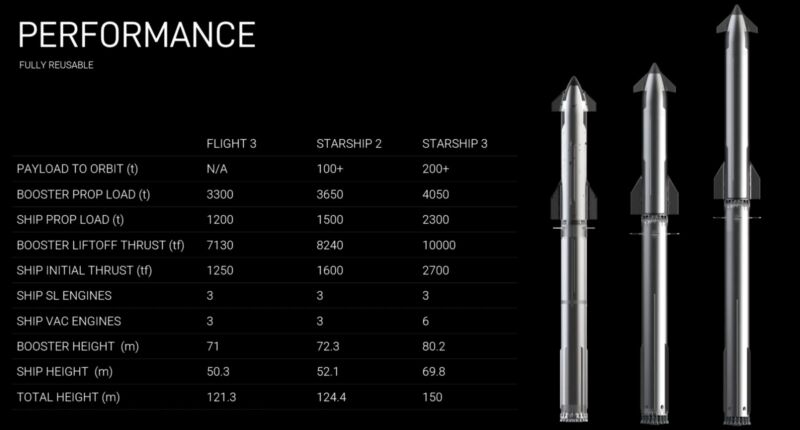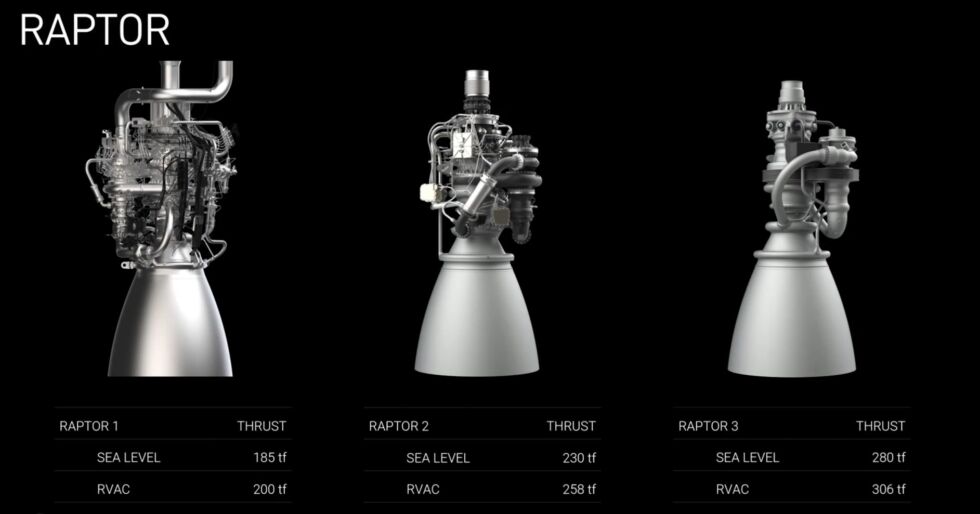
SpaceX
Elon Musk has been talking publicly about his sweeping vision for Mars settlement for nearly eight years now, dating to a speech in Guadalajara, Mexico, in September 2016.
This weekend, at SpaceX’s Starbase facility in South Texas, Musk once again took up the mantle of his “making life multiplanetary” cause. Addressing employees at the location of the company’s Starship factory, Musk spoke about the “high urgency” needed to extend the “light of consciousness” beyond Earth. That is not because humanity’s home planet is a lost cause or should not be preserved. Rather, Musk said, he does not want humanity to remain a one-planet civilization that will, inevitably, face some calamity that will end the species.
All of this is fairly familiar territory for spaceflight enthusiasts—and observers of Musk. But during the last eight years he has become an increasingly controversial and polarizing figure. Based upon his behavior, many people will dismiss Musk’s Mars comments as those of a megalomaniac. At least in regard to spaceflight, however, that would be wrong. Musk’s multiplanetary ambitions today are more credible because SpaceX has taken steps toward doing what he said the company would do.
SpaceX has real hardware today and has completed three test flights. A fourth is possible next month.
“It’s surreal but it’s real,” Musk said this weekend, describing the audacious Mars vision.
The booster and ship
As part of his 45-minute speech, Musk spoke about the booster for Starship, the upper stage, and the company’s plans to ultimately deliver millions of tons of cargo to Mars for a self-sustaining civilization.
If thousands of launches seem impossible, Musk noted that SpaceX has now completed 327 successful Falcon launches and that 80 percent of those have involved used boosters. This year, he said, SpaceX will launch about 90 percent of the mass sent into orbit from the planet. China will launch about 6 percent, he added, with the remainder of the world accounting for the other 4 percent.
This kind of performance has given Musk confidence that reusability can be achieved with the Super Heavy booster that powers Starship. On the vehicle’s next test flight, possibly in May, the company will attempt to land the booster on a virtual tower in the Gulf of Mexico. If that landing is precise enough, SpaceX will try to catch the booster on the fifth test flight with the chopstick-like mechanisms on Starship’s massive launch tower.

SpaceX
“That’s very much a success-oriented schedule, but it is within the realm of possibility,” Musk said. With multiple test flights occurring this year, Musk said the odds of catching the booster with the launch tower this year are 80 to 90 percent.
It will take longer to land and begin reusing Starship’s upper stage, which must survive the fiery reentry through Earth’s atmosphere. This vehicle broke apart and burned up during its attempt to return through the atmosphere during a flight test in March. On the next flight, Musk said, the goal for Starship’s upper stage is to survive this heating and make a controlled landing in the ocean. At some point this year he expects SpaceX to achieve this milestone and then begin landing Starships back in Texas next year.




















+ There are no comments
Add yours